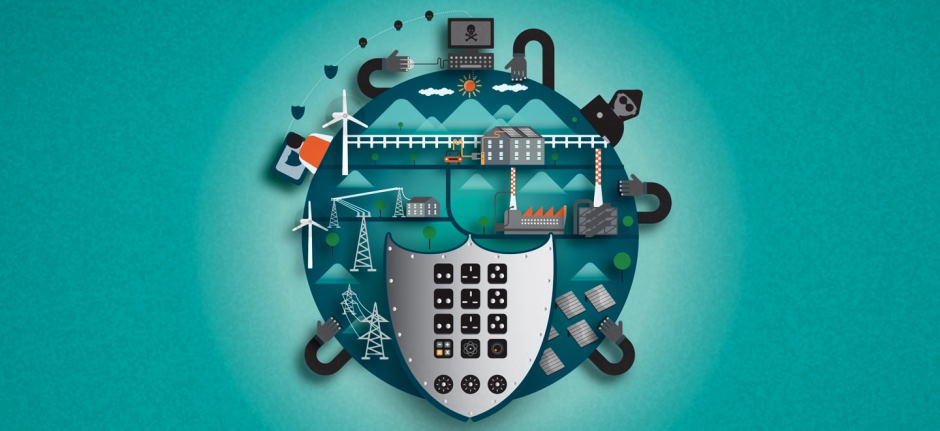Security Concerns in the Telecom Industry
The telecom industry is one that is constantly changing and evolving, as new technologies are created and adopted. However, with this progress comes new security risks that need to be addressed. In this blog post, we will discuss some of the most pressing security concerns in the telecom industry today. We will also offer tips on how businesses can protect themselves against these threats.
Top cyber threats to the telecom industry
The telecom industry is a critical part of the infrastructure of many countries and it is essential for the proper functioning of the economy and society. The sector has been under constant attacks in recent years, with a growing number of cyber incidents targeting telecom operators around the world.
These attacks have a range of impacts, from financial loss and reputational damage to disruptions of service and even national security threats. In light of these risks, it is important for telecom operators to be aware of the latest security threats and trends so they can take steps to protect their networks and customers.
One of the most significant recent trends in cyberattacks against telecoms is the use of malware. Malware is malicious software that can infect a computer or network and allow attackers to take control of it. In many cases, malware is used to steal sensitive information or to disable systems.
Recent years have seen a number of high-profile malware attacks against telecom operators, including the notorious Stuxnet virus, which was used to attack an Iranian nuclear facility, and the Regin malware, which was used in a series of sophisticated attacks against Belgian telecom operator Belgacom.

Another worrying trend is the increasing use of so-called “zero-day” exploits. These are attacks that exploit previously unknown vulnerabilities in software or hardware. Zero-day exploits are particularly dangerous because they can be used to take over systems before the vulnerabilities are even known about or patched.
The most recent example of a zero-day exploit targeting telecoms is the EGREGIOUSBLUNDER vulnerability, which was used in an attack against the website of Portuguese operator MEO. This attack allowed the attackers to take control of the MEO website and redirect visitors to a malicious site.
Fortunately, there are a number of steps that telecom operators can take to protect themselves from these threats. One of the most important is to keep their systems up to date with the latest security patches.
Operators should also consider investing in intrusion detection and prevention systems, which can detect and block malicious traffic before it reaches sensitive systems. In addition, operators need to be aware of the risks posed by insiders and implement appropriate security measures to protect against them.
Addressing cyber security threats in the telecom sector
The telecom sector is a critical infrastructure sector that is responsible for the delivery of essential communications services. Given the sector’s key role in communication and information systems, it is also a major target for cyber security threats. In recent years, there have been a number of high-profile cyber security breaches in the telecom sector, which have had a significant impact on the organizations involved.
Organizations in the telecom sector need to be aware of the latest cyber security threats and adopt appropriate measures to protect themselves. They also need to have robust incident response plans in place in case of a breach.
In this guide, we will take a look at some of the most common cyber security threats faced by telecom organizations and some steps that can be taken to mitigate these threats.
- Phishing
Phishing is a type of cyber attack that involves the use of fraudulent emails or websites to trick users into disclosing sensitive information, such as login credentials or financial information. Phishing attacks can be very sophisticated and difficult to detect. They are often targeted at specific organizations or individuals, which makes them all the more dangerous.
Organizations in the telecom sector need to be aware of phishing attacks and train their staff on how to recognise and report them. They should also have strict policies and procedures in place for handling suspicious emails and websites.

- Malware
Malware is a type of malicious software that can infect computers and devices, causing serious damage or disruption. Malware can be used to steal confidential information, disable systems, or extort money from victims.
Organizations in the telecom sector are particularly vulnerable to malware attacks due to the high number of devices and networks that they manage. malware can spread quickly across these networks, causing widespread damage.
Organizations need to have robust security measures in place to protect against malware attacks. This includes having up-to-date antivirus software and firewalls, as well as implementing strict access control measures.
- Denial of Service (DoS) Attacks
A denial of service (DoS) attack is a type of cyber attack that is designed to disable a system or network by overwhelming it with traffic or requests for data. DoS attacks can be very difficult to defend against and can cause significant disruption to businesses.
Organizations in the telecom sector are particularly vulnerable to DoS attacks due to the large amount of traffic that they handle. DoS attacks can have a major impact on telecom networks, causing widespread disruptions.
Organizations need to have effective detection and mitigation measures in place to deal with DoS attacks. They also need to have robust incident response plans in place so that they can quickly recover from an attack.



